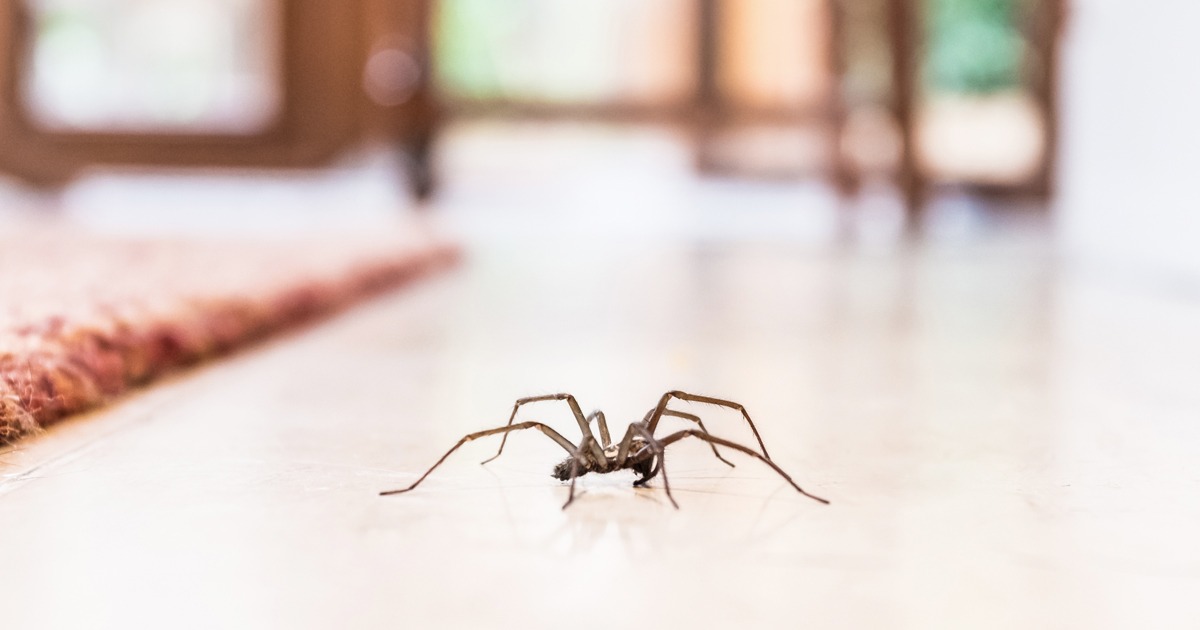Spiders are among the most misunderstood creatures on our planet. While they play a crucial part in controlling insect populations, their presence inside our homes can often be met with fear and anxiety. To effectively manage and prevent spider infestations, it’s essential to understand what attracts these arachnids to our living spaces. In this article, we’ll explore what attracts spiders into our homes and also study their behavior.
Abundant Food Sources
One of the primary reasons spiders find their way into homes is the abundance of food sources. Spiders are predators that mainly feed on insects such as flies, mosquitoes, and ants. If your home has a high insect population, it becomes a beacon for hungry spiders seeking their next meal. Common household pests like fruit flies or house flies are particularly attractive to many spider species.
Warmth And Shelter
To regulate their internal temperature, spiders are ectothermic organisms, which means that they draw heat from the environment to maintain their body temperature. It is common for spiders to seek warmth and shelter when the temperature drops, particularly during the winter months. Through the use of controlled temperatures inside our homes and a variety of hiding places, such as cracks, fissures, and attics, our homes offer the ideal shelter for those who are looking for solitude.
Humidity Levels
The presence of humidity is a crucial factor in the attraction of spiders. The majority of spider species are most attracted to habitats that have moderate to high amounts of humidity. Homes that have a consistent degree of dampness can be more inviting to spiders than homes that do not. Spiders are more likely to be found in regions with higher humidity levels, such as crawl spaces, basements, and bathrooms. These common areas include crawl spaces.
Outdoor Factors
Cracks and gaps in walls, windows, or doors are common entry points for spiders, which is how they typically enter a building. Spiders can enter your home over a bridge that is created by elements that are located outside, such as overgrown vegetation, bushes, or trees that are located close to the house. It is possible to lessen the possibility of spider infestations by ensuring that the neighborhood around your house is kept clean and well-maintained.
Lighting Choices
Unbelievably, the lighting in your home can affect how spiders behave. Spiders searching for food are drawn to insects attracted by outdoor lighting. Light sources next to doors or windows may unintentionally draw spiders inside. The use of sodium vapor or yellow lights is an option; these lights are less appealing to insects and, by extension, to spiders.
Clutter And Storage
Spiders are adept at hiding, and clutter provides them with countless hiding spots. Basements, attics, and garages filled with boxes, old clothes, and unused items create ideal environments for spiders to establish their webs and nests. Keeping these areas organized and clutter-free can help deter spider infestations.
Seasonal Patterns
Spider behavior can vary seasonally. In many regions, spiders are more active in the warmer months, seeking cooler and more humid indoor spaces. Conversely, in colder regions, they may be more prevalent in the winter months when they seek warmth. Understanding these seasonal patterns can help you prepare and take preventive measures accordingly.
Conclusion
Spiders are not always welcome guests in homes, but it is important to understand their importance as natural pest control agents. By understanding the factors that draw spiders into homes, homeowners can take proactive steps to prevent infestations. You can reduce spider infestations by addressing factors such as abundant food, temperature control and humidity levels, outdoor elements, lighting, clutter, and seasonal patterns. It is best to consult a professional pest control company if spider infestations are overwhelming.








